33+ Sample Goal Sheets
-
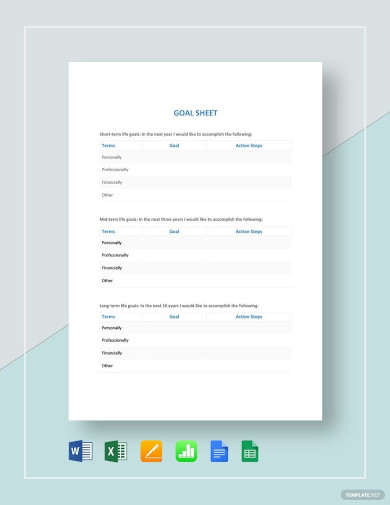
Sample Goal Sheet
download now -

Smart Goal Sheet
download now -
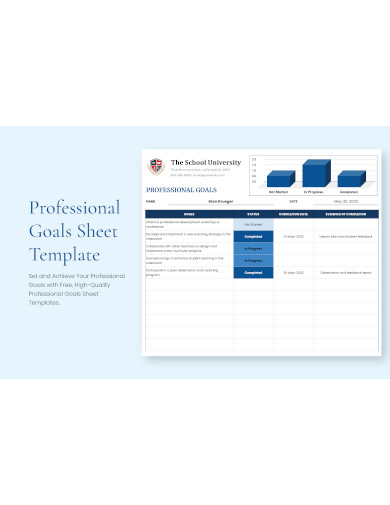
Professional Goals Sheet
download now -

Goals Spreadsheet
download now -
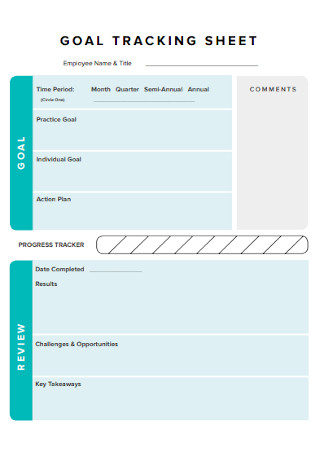
Goal Tracking Sheet
download now -

Individual-Child-Goal-Tracking-Sheet
download now -
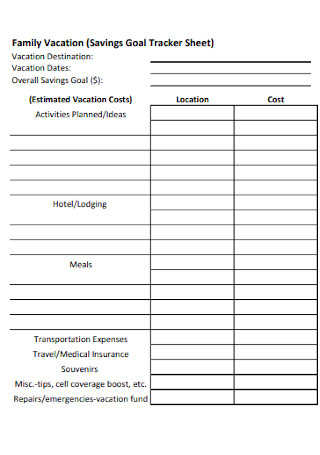
Goal Tracker Sheet
download now -
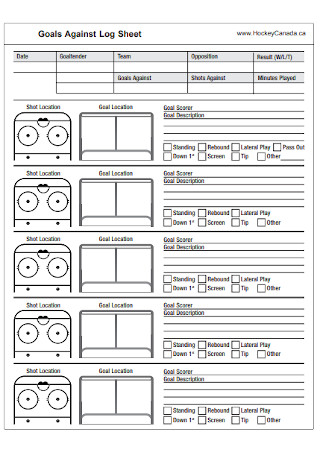
Goals Against Log Sheet
download now -

Setting Goals Tip Sheet
download now -
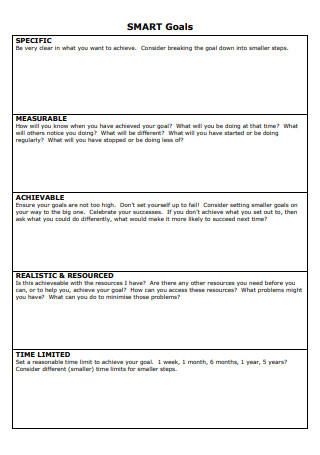
SMART Goals Sheet
download now -
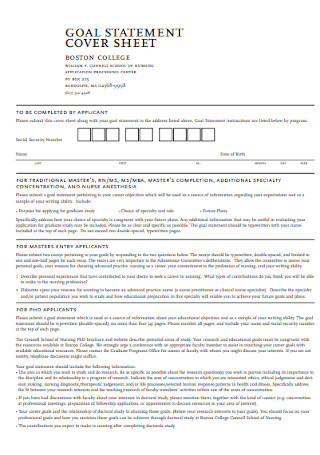
Goal Statement Cover Sheet
download now -

Livestock Goal Sheet
download now -

Teacher Goal Sheet
download now -

Printable Goal Sheet
download now -
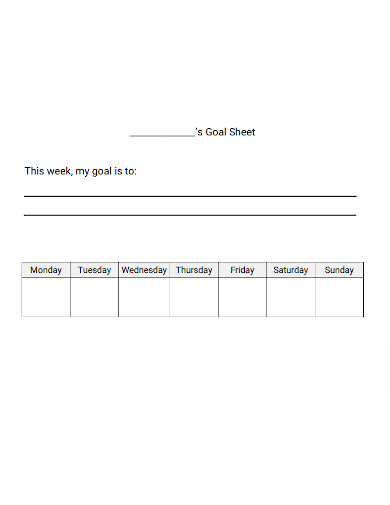
Weekly Goal Sheet
download now -

Simple Goal Sheet
download now -
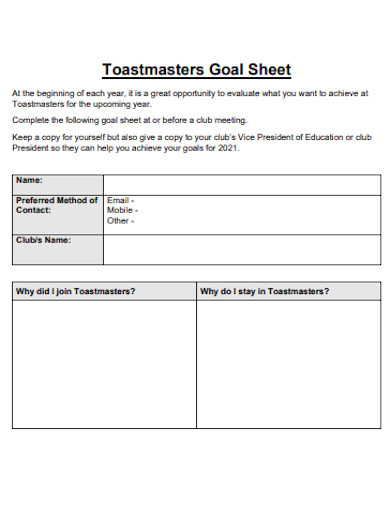
Toastmasters Goal Sheet
download now -
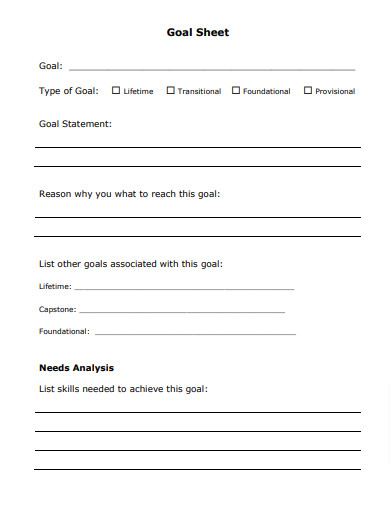
Blank Goal Sheet
download now -
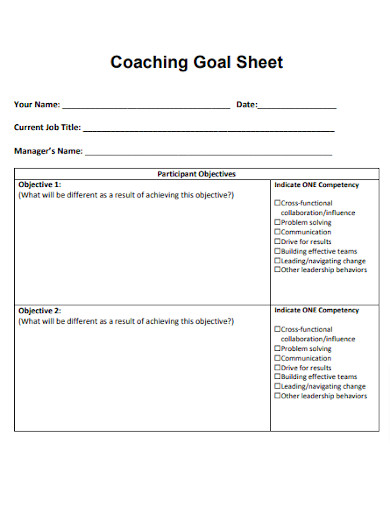
Coaching Goal Sheet
download now -
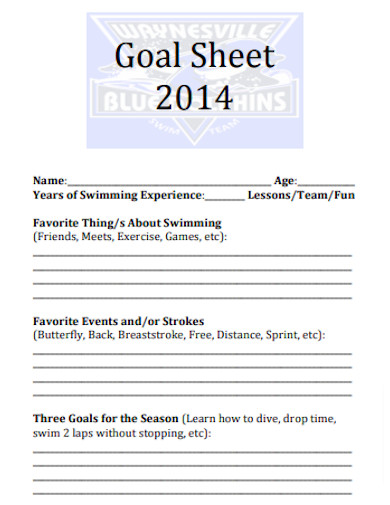
Experience Goal Sheet
download now -
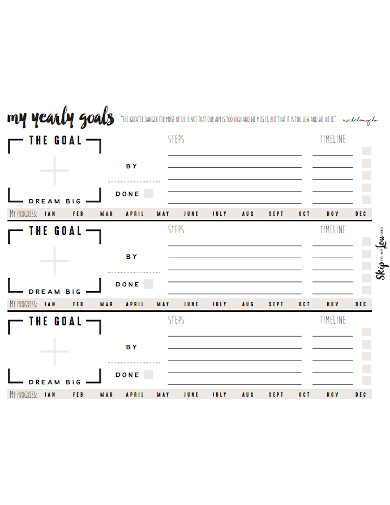
Yearly Goal Sheet
download now -
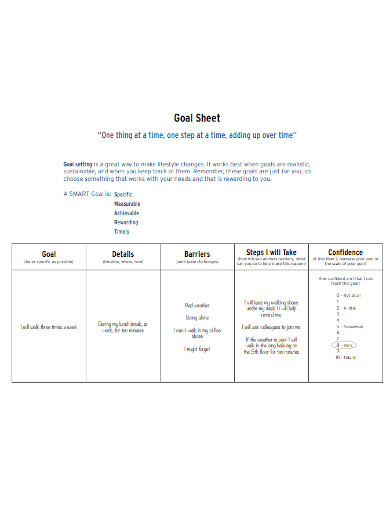
Basic Goal Sheet
download now -
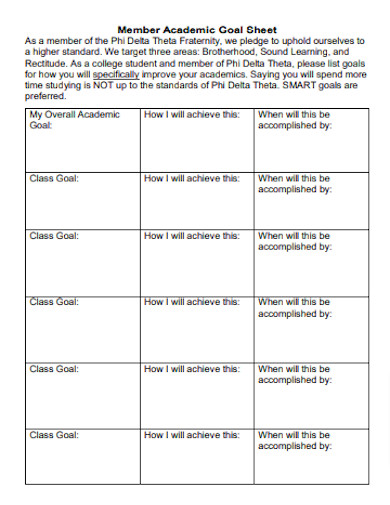
Member Academic Goal Sheet
download now -
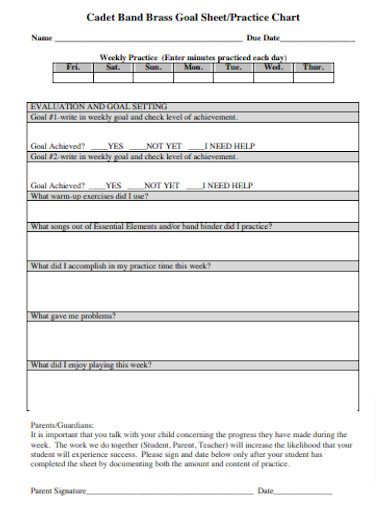
Cadet Band Brass Goal Sheet
download now -

Fall Goal Sheet
download now -
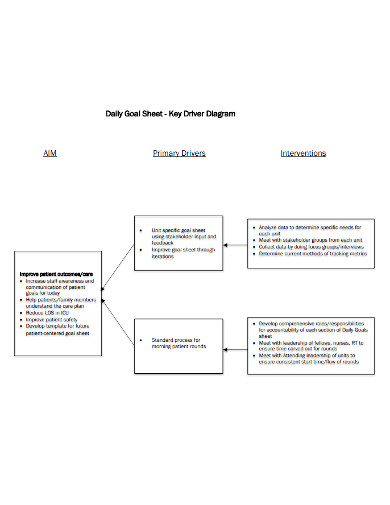
Daily Goal Sheet
download now -

Freshman Goal Sheet
download now -

Candidate Goal Sheet
download now -
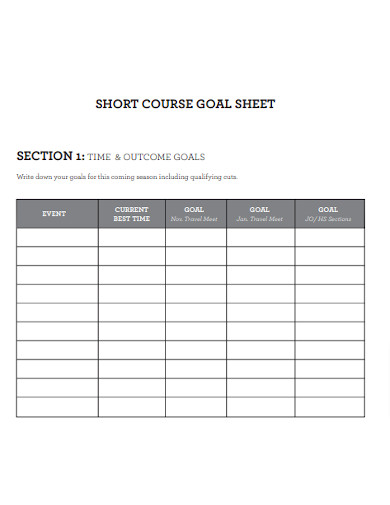
Final Goal Sheet
download now -

Goal Sheet in Word
download now -
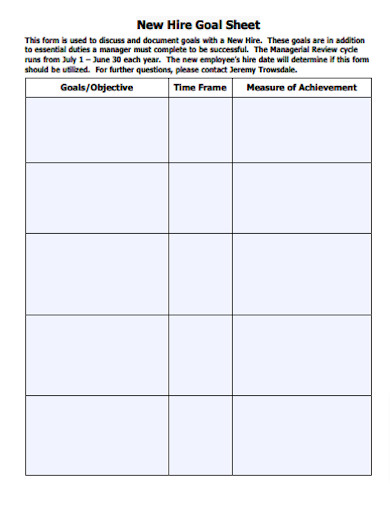
Hire Goal Sheet
download now -

My 2021 Goal Sheet
download now -
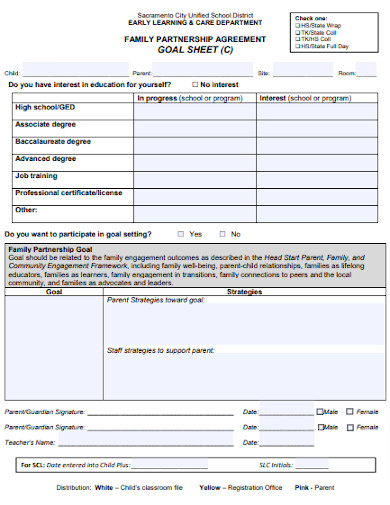
Agreement Goal Sheet
download now -
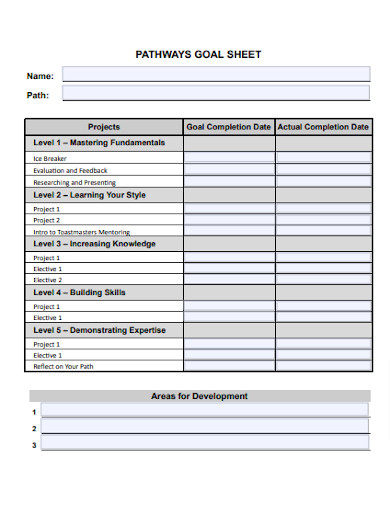
Pathways Goal Sheet
download now
What Is a Goal?
Goals are our decisions and commitments to attain success, break poor habits, adopt good practices, or accomplish more in various areas of life. By assisting us in determining what we want, goals enable us to attain life focus. They maintain our motivation and drive, placing us in a constant state of action. When properly conceived and pursued, goals can help us make the most of our only life. Goals can be applied to various aspects of our existence and can be time-bound. For instance, life-based goals include personal leadership development, career, education, health, family and relationship, and spiritual and social objectives.
Benefits of Goal Setting
Goal setting is the most essential factor to consider for your clients. Each client has a unique background and aspirations for attaining distinct sample goals. Setting goals is the most practical method for reaching one’s maximum potential. The primary advantage of establishing a structured list of objectives is that it provides clients with an anticipated future outcome. When clients do not have a goal, sample plan, or target for where they want to be in the future, it can be difficult for them to stay motivated. Thus, goal management comes into play. As a wellness professional, you have likely seen most clients come to you with overwhelming objectives and frustration over their lack of progress toward a healthier lifestyle. You can use goal setting in your work with clients, from the initial consultation to follow-up sessions, to help them prioritize their desired changes and begin to see results. Collaboration in goal-setting demonstrates to your clients that you care about their development and future success. Below are some of its additional advantages:
How to Set Personal Goals
Goals are established by elite athletes, successful businesspeople, and achievers in all fields. Setting objectives provides both long-term perspective and immediate motivation. It focuses your knowledge acquisition and helps you organize your time and resources to maximize your life. By developing precise, well-defined objectives, you will be able to measure and take pride in achieving them, and you will see progress in what may have previously seemed like a long, fruitless slog. You will also increase your self-esteem as you recognize your ability and competence in achieving your objectives. Following are some steps you can take if you’re intrigued.
1. Setting Lifetime Goals
Consider what you want to accomplish during your lifetime as the first stage in establishing personal objectives. Setting long-term goals provides the perspective that influences all of your other decisions. Invest some time in brainstorming, then choose one or more objectives in each category that best reflect your intentions. Then, consider refining your list further to concentrate on a small number of essential purposes. Ensure that the goals you have set are ones you want to achieve, not ones your parents, family, or employers may want you to succeed. (If you have a partner, you should likely consider what they desire; however, you should also be truthful!)
2. Setting Smaller Goals
Once you have determined your long-term objectives, create a five-year action plan of shorter goals that you must achieve to attain your long-term objective. Then, construct a one-year, six-month, and one-month plan with progressively smaller goals to achieve your lifetime objectives. Each should be founded on the previous strategy. Then, construct a daily task list you must complete today to achieve your long-term objectives. At an early stage, your sub-goals include reading books and gathering information on attaining your higher-level goals. This will enhance the character and realism of your goal-setting. Finally, review your plans and ensure they align with your desired way of living.
3. Practice Gratitude
You could designate this as a small daily objective in which you deliberately express gratitude. This can include being thankful for discovering a dime on the street, waking up to your family every morning, or having career plans. This small objective will be achieved if you find ways to be more grateful and generous daily, which will positively affect your overall well-being. Additionally, keeping an open mind and embracing opportunities and possibilities can help you develop a growth mindset. In addition, it enables you to assume responsibility and accountability for your actions and accomplish your objectives.
4. Learn From Failure
Failure is a normal part of pursuing one’s objectives but does not determine one’s overall success. Consider failure an opportunity to learn how to approach situations differently, test new methods, and acquire new skills. Failure can help you accomplish success by revealing alternative and more efficient ways of doing things. Also, like forming good habits, eliminating poor habits or making an effort to do so can positively affect your development and progress toward other goals you may have set. Consider spending one to two months identifying and quitting a bad habit, such as nail biting or consuming high-sugar foods before bed.
5. Develop Time Management Skills
Consider implementing strategies that can help you improve your time management skills if you have ever felt that you frequently need more time to complete tasks or have little time to devote to activities outside of work. Print a physical sample schedule or task list marked with a pen as tasks are completed. Similarly, you could use a timer to track your time on specific activities to determine where to save time and allocate it to other tasks. Development Academy research indicates that 82% of individuals do not use any time management system. Remember that a simple to-do list or to-don’t list is not a proper system because it needs more complexity and task prioritization.
FAQs
How many personal goals should I have?
You should have approximately three goals to devote your time to in a given year. Ensure that these three objectives are substantial, complement each other, and provide genuine meaning when attained.
How can you set goals to improve your self-confidence?
Daily objectives provide a specific plan and path to pursue. You feel more confident and motivated to achieve your goals when you progress. When you have sufficient self-assurance, you will always take action toward your objectives and overcome any obstacles that stand in your way.
What is a goal in leadership?
Leadership goals are well-defined goals designed to develop your abilities as a team leader in a specific and quantifiable manner. They can be short-term or long-term, so long as they are focused on a facet of your personal development and consist of attainable and distinct objectives.
Hopefully, the ideas presented above will assist you in establishing appropriate objectives and putting them into proper context. You have realized that developing objectives that align with a broader vision for your life is preferable. This will help you begin to view your goals in terms of your progress toward your larger image instead of specific outcomes. You will be happier knowing you are taking deliberate steps in the correct direction, regardless of the immediate results. All these will help you rediscover your passion for setting objectives and enable you to make the most of them so that your life matters.
